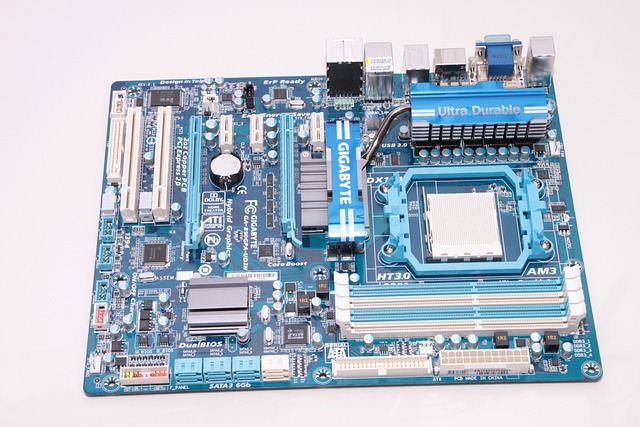Motherboard
- Diposting pada 30 Desember 2023
- Hardware
- Oleh Mark Otto
- 153 Dilihat

Understanding the Motherboard: The Heart of Your Computer
The motherboard, often called the "mainboard," is a critical component in any computer, acting as the main circuit board that connects and controls other hardware components. This printed circuit board (PCB) houses essential components like the CPU socket, RAM slots, and BIOS chip. It’s the "central nervous system" of the computer, responsible for uniting all hardware elements into a cohesive system that operates efficiently.
Key Components and Functions of a Motherboard
- Chipset Controllers (Northbridge and Southbridge)
The chipset, which includes Northbridge and Southbridge controllers, manages data flow between the processor, memory, and peripheral devices. Northbridge handles high-speed interactions, such as with the CPU and graphics card, while Southbridge manages input/output functions, interfacing with USB ports, storage drives, and other peripherals.
- BIOS (Basic Input/Output System)
The BIOS chip contains firmware essential for starting the computer. It initiates hardware checks and launches the operating system, providing a stable interface between the operating system and hardware.
- CPU Socket and RAM Slots
The CPU socket is where the processor connects to the motherboard, allowing it to communicate with other components. RAM slots, on the other hand, enable memory modules to be plugged in, affecting the computer’s processing speed and performance.
- Power Regulation
Power connectors and regulators distribute power from the power supply unit to various parts of the motherboard, ensuring a consistent and appropriate voltage level for each component.
- Cooling Systems
Overheating can be detrimental to motherboard components. Fans and heatsinks are strategically placed to cool down high-activity areas, especially around the CPU and chipset.
Why the Motherboard Matters
A high-quality motherboard allows a computer to run efficiently and supports upgrades, such as faster processors, better graphics cards, or additional RAM. Investing in a good motherboard is crucial for stability, performance, and the potential for future enhancements. Whether building or upgrading a PC, the right motherboard can support advanced multitasking, gaming, or graphic-intensive projects.





Tulis Tanggapan